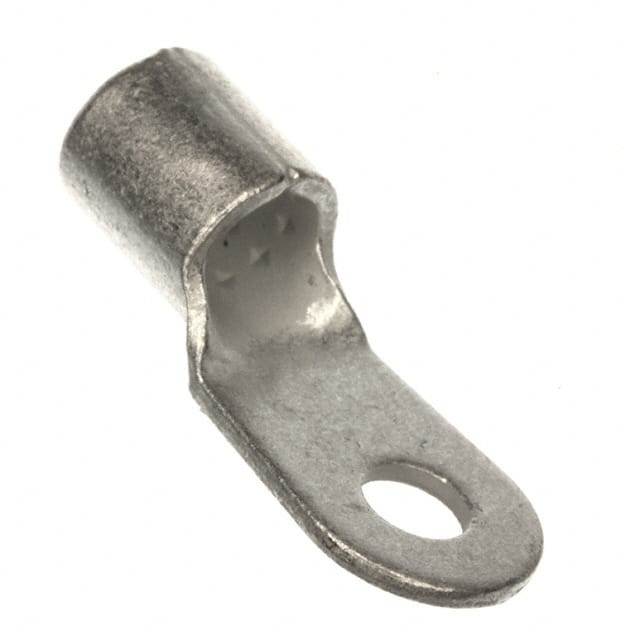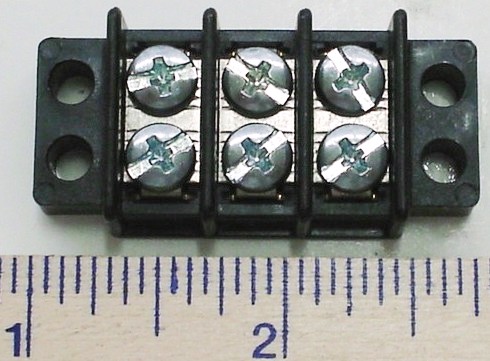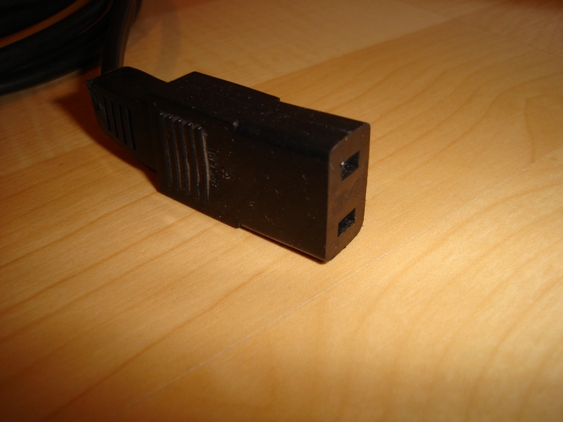To give you a better understanding of how household voltages and transformers work I'll see if I can explain this to you.
In the house, the hot of a 120 system comes off the top of the transformer coil that converts 3 phase 70Kv to 2 phase 220. The neutral comes from the MIDDLE of the transformer coil, and the other 120 comes off the BOTTOM.
Sense AC is in a sin wave, as the voltage wave form travels across the transformer coil the middle of the coil is always at the 0 point of the sin wave. The ends of the coil are at the peaks of the sin wave. This means that one end of the coil has +169v from the center tap, and the other has -169v from the center tap (AC is measured in RMS (root mean square) which for a standard sin wave means that the peak voltages are root(2)*RMS voltage). Thus, when you tie completely across the transformer coil you get 120 - (-120) = +240 VAC. But if you wire to the center you get either one phase of 120 (posative) or 180 degrees out of phase (-120).
When your 120 VAC transformer is wired up you're using 1 of the house phases. The center tap is usually grounded to prevent DC offsets. A transformer can only transfer AC voltages due to -dV/dt effect of magnetic fields. Thus its possible to get 24 VAC out from the transformer, but to have the "0" point of the sin wave be at 10,000 volts if the circuit got static charged, this is why you have that center tap input, to make sure the DC voltage of the primary coil is lined up to earth ground (even though neutral is tied to earth ground at the breaker box, because the neutral is carrying current it might have a higher voltage than earth ground at your point of contact, this is one of the reasons you always run ground with a neutral).
Thus the output of your transformer is giving you the center tap, top, and bottom of your coil. From COM to 24 is most likely top to bottom, COM to 12 is most likely bottom to middle, and 12 to 24 would most likely give you 12 VAC 180 degrees out of phase with COM to 12.
Does that make sense?







